
1861 - 1934
Mikhail Matyushin
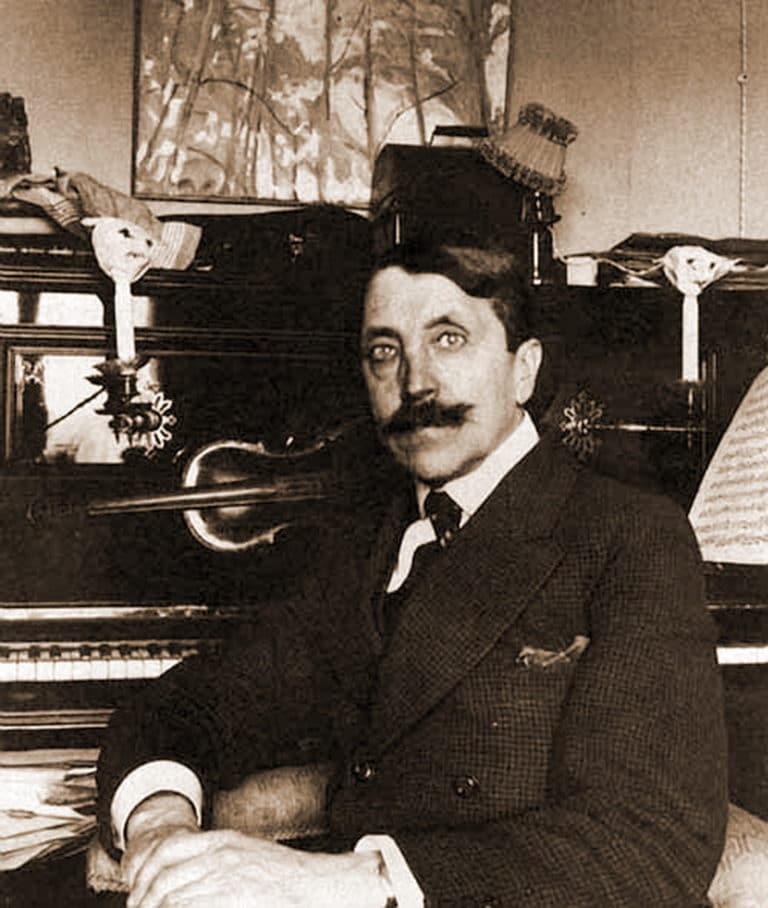
description
A Russian artist, theorist of art, as well as a musician and composer, who wrote the futuristic opera «Victory Over the Sun». Mikhail Matyushin, as one of bright leaders of the the Russian avant-garde, actively developing in the first half of the 20th century, studied the interconnection between colors and shapes. His research and conclusions resulted in the unique handbook “Pattern of variability of color combinations”, reprinted even today. The treatise was supplemented with tables, representing color harmonization for the first time in visual arts. It is based on the principle of coupling color, discovered by Matyushin and his associates.
The artist, who was a close friend of futuristic groups, together with his wife, artist and poet E. Guro, organized the publishing house “Crane”, thanks to which books by Kruchenykh, Burliuk, Khlebnikov, Mayakovsky and others were published. The intensive research work of the author of the theory of “extended viewing” was inextricably connected with his teaching experience – M. Matyushin had many students and followers at his workshop of spatial realism, in the group “Zoreved” and later at the Petrograd department of organic culture of the State Art Institute.
The Museum of the St. Petersburg avant-garde works in the house of Matyushin and Guro in St. Petersburg; it has a large permanent exposition, including works by Pavel Filonov, Kazimir Malevich and Vladimir Tatlin. Some paintings by Mikhail Matyushin are kept at the Russian Museum, the Tretyakov Gallery, the Moscow Museum of Organic Culture, and at the Museum in Amsterdam.
Key ideas:
– M. Matyushin went through Art Nouveau to avant-garde, but his art was not as revolutionary as that of other representatives of this art movement. Noting the exceptional brightness of light and movement of the canvases of G. Segantini and E. Manet, he started developing and proving the possibility to expand the borders of world perception in an experimental way.
– Developing his idea of “extended viewing” (it emerged under the impression from the theory of the “fourth dimension” of theosophist and mathematician P. Ouspensky), promoted practical tasks, noting in his works, “this was the end of plane observation, departure from the peripheral image”.
– Another important component of his theory was a study of interacting colors, which create a feeling of harmony in the viewer. The theorist stated in his main work and tables that the main color recreates the second color, contrast one, in a neutral space; together they create additional red color.
– Matyushin called his art new spatial realism, which followed the path of overcoming fragmentation in order to grasp shape and color as a whole, express the infinity and fullness of space, show the single coexistence of the environment and objects in it without details.
– It is clear from the master’s diary that that he practiced, seeking the fourth space, learning to “see everything around.” Analyzing the history of art, Mikhail came into conclusion that the angle of view of the painters expanded in its course. For example, cubism (Matyushin preferred to call this method “crystallization”) “breaks planes and shows invisible sides of objects in order to show the creative power tending to move in all directions”.
1861
1871
1877
1894
1900
1905
1908
1912
1914
1918
1923
1924
1930
1934
He was an illegitimate son
The ten-year-old boy completed elementary education

For three years he attended the Moscow Conservatory

Worked in different private art institutions
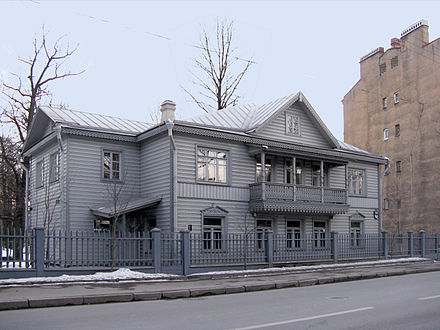
He visited France
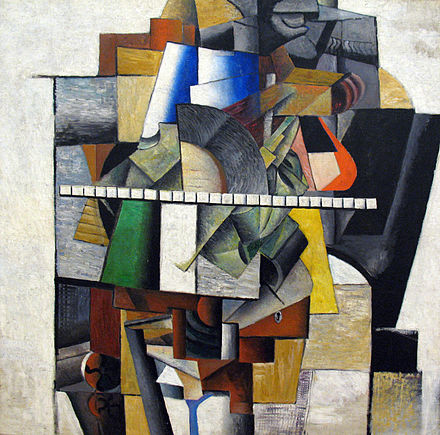
He wrote his first symphonic suite “Harlequin”

"Triangle”
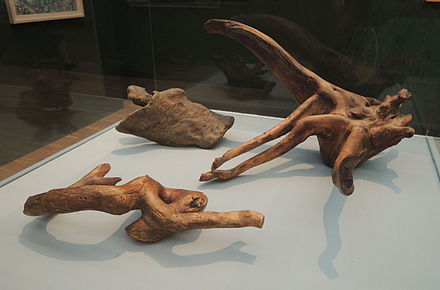
He worked at his own publishing house “Crane”
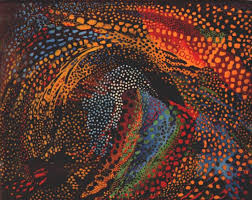
“The Victory over the Sun”

Worked as a teacher at the State Free Art Studios

Established the new association "Zorved"
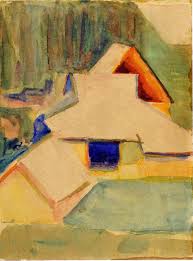
Exhibited his works at the 14th International Art Exhibition in Venice

“Pattern of variability of color combinations. Color Handbook ”

The death of the artist
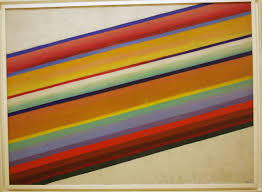
Mikhail Matyushin
On Artist
flow
Cubism
Futurism
Suprematism
Abstract art
friends
David Burliuk
Kazimir Malevich
artists
Giovanni Segantini
Jean Metzinger
Albert Gleize
Eduard Manet
By Artist
flow
Abstract art
friends
Elena Genrikhovna Guro
Pavel Filonov
artists
Boris Vladimirovich Ender
Vladimir Vasilievich Sterligov
Nikolai Ivanovich Kulbin
Nikolai Ivanovich Kostrov
